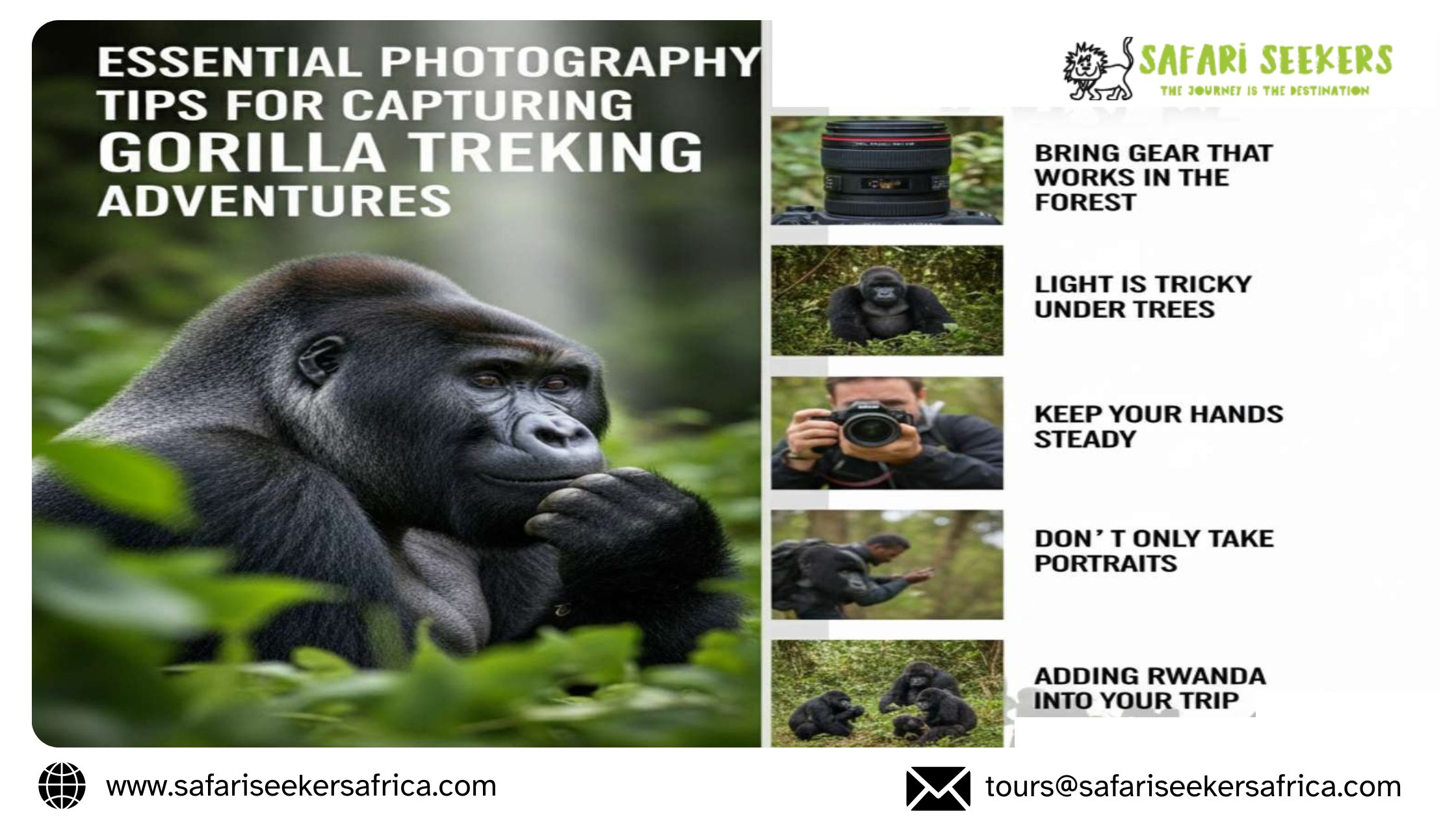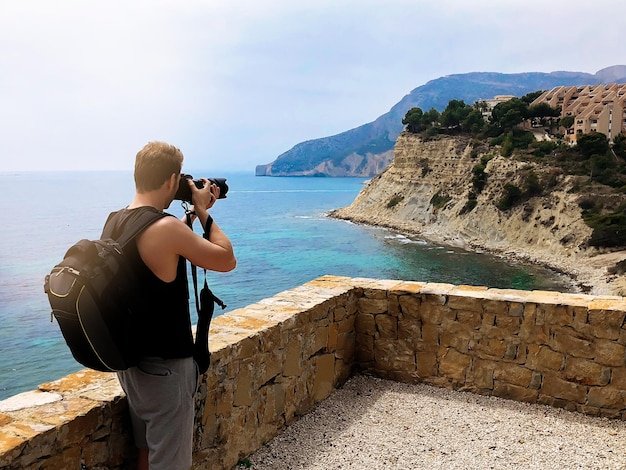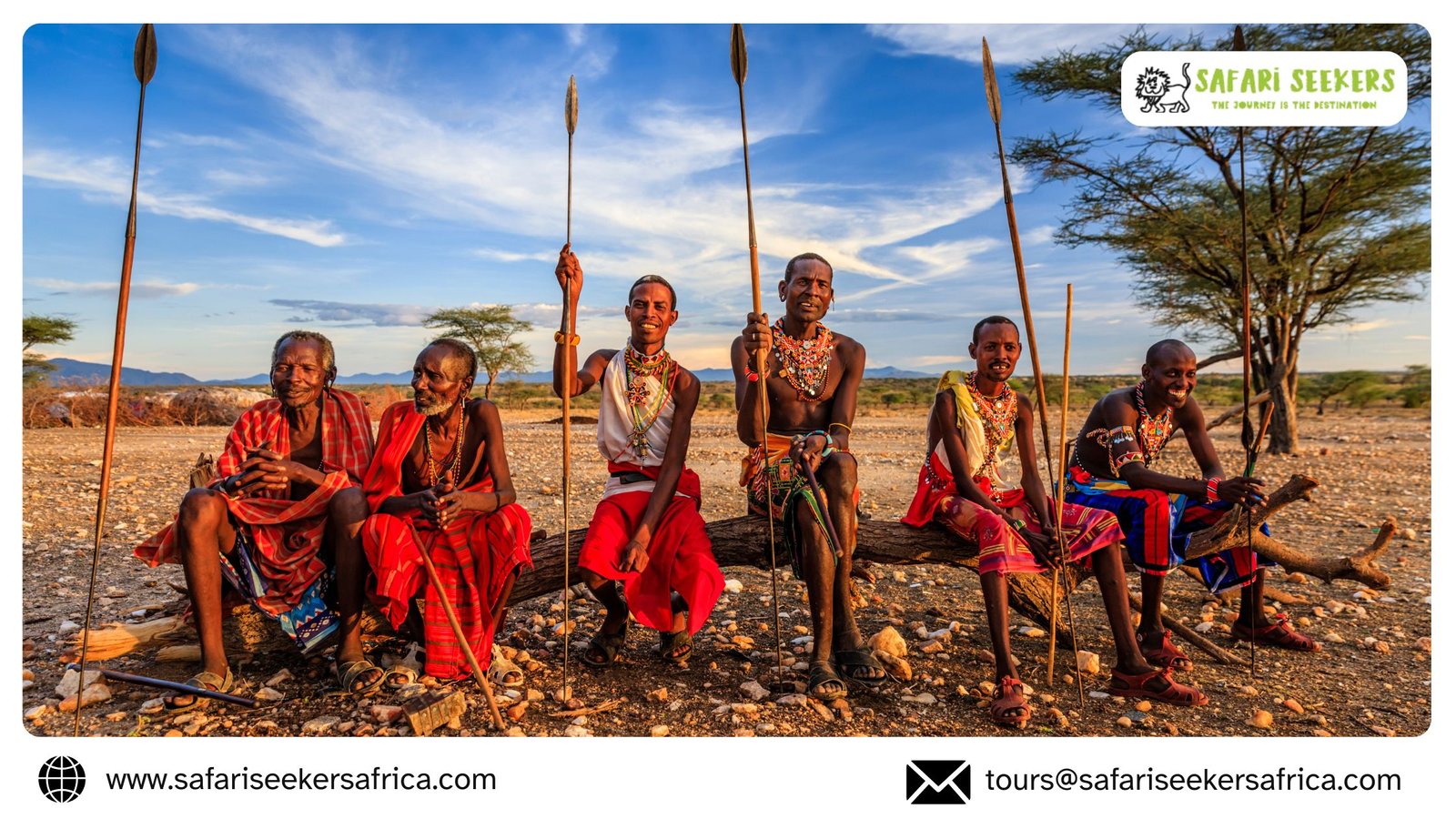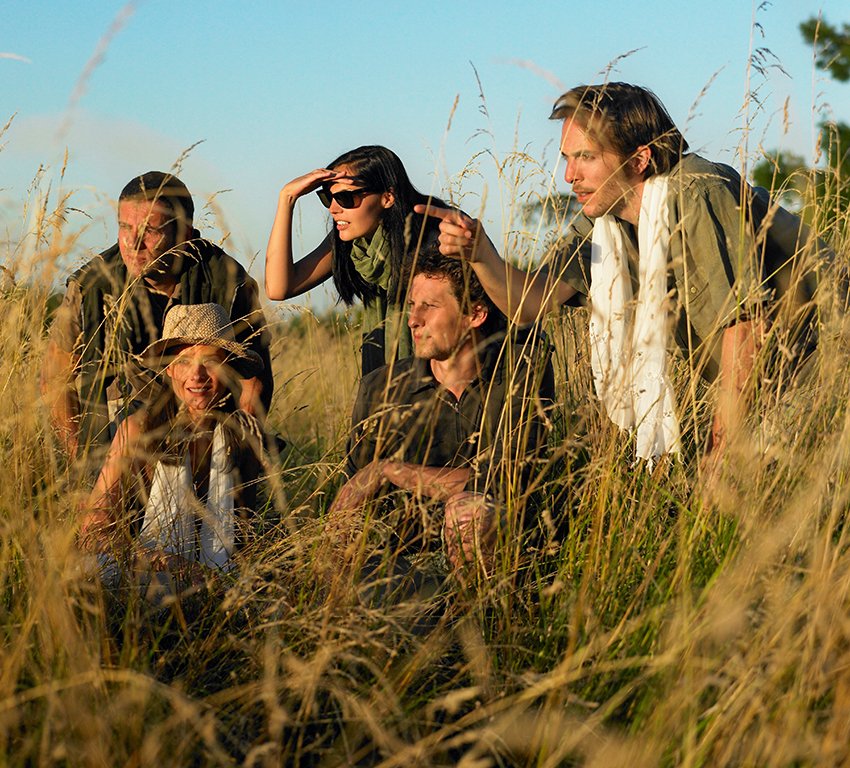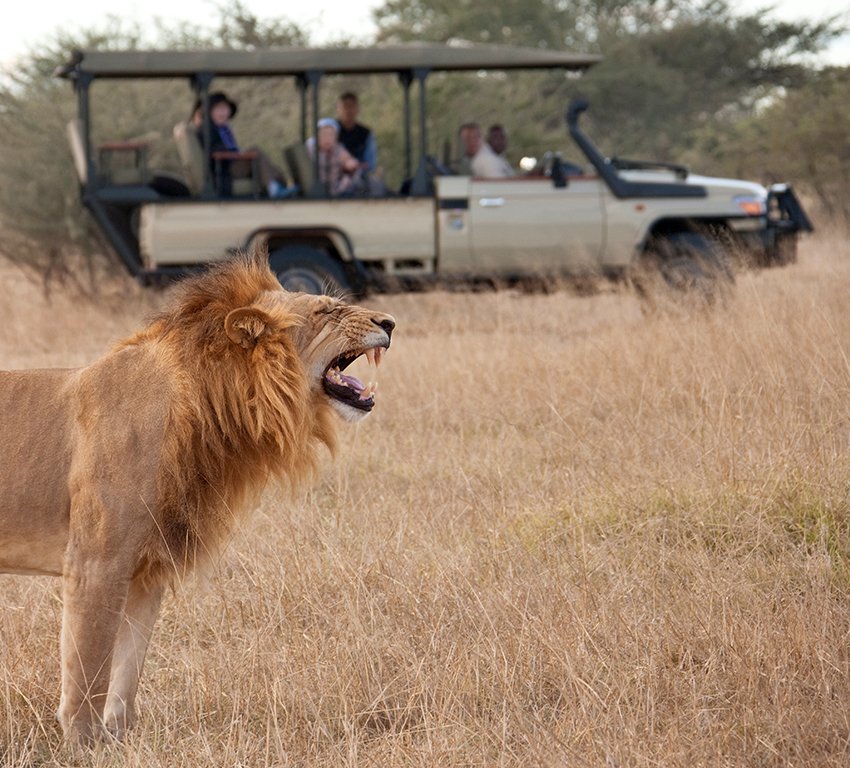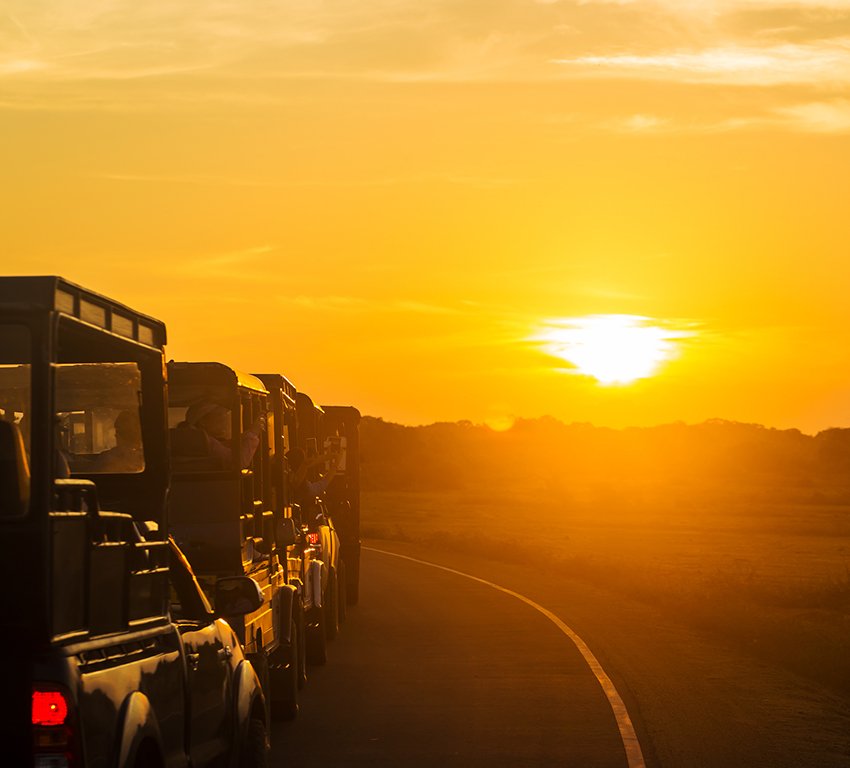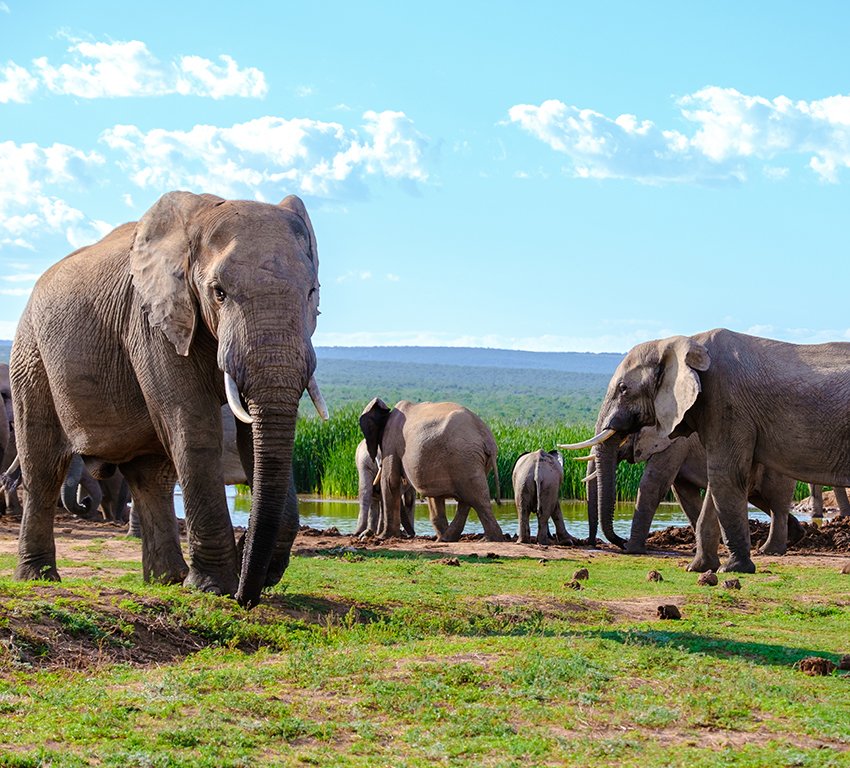How to Plan Your First Big Five Safari on a Budget
Seeing the Big Five—lion, leopard, elephant, rhino, and buffalo—roam free in the wild is a dream for many travelers. But planning Africa wildlife safaris can feel overwhelming, especially if you’re on a budget. The good news is you don’t need a luxury price tag to enjoy an unforgettable safari experience. With smart planning, the right timing, and trusted local support, your first safari can be both exciting and affordable.
Choose the Right Destination
Start with a location that offers excellent wildlife viewing and a variety of price options. Kenya is a strong choice. The country has vast national parks like Maasai Mara and Amboseli, abundant wildlife, and a long track record of hosting African safari tours Kenya visitors. Parks are well-managed and accessible, and you’ll find everything from basic campsites to comfortable lodges that won’t empty your wallet.
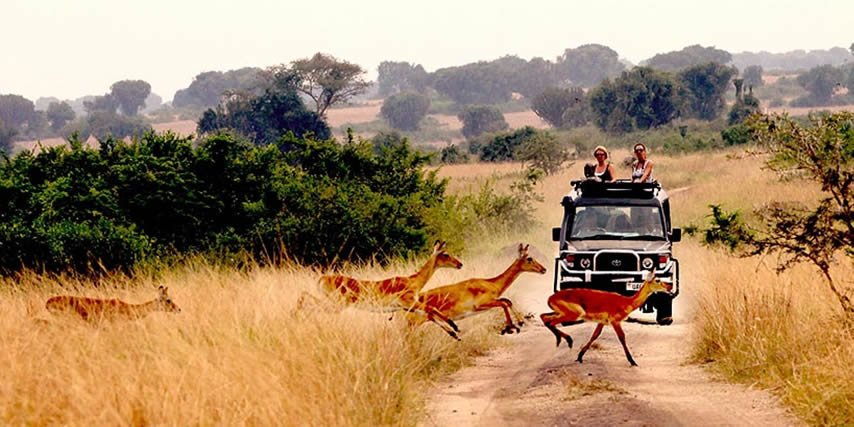
Book During Shoulder Seasons
Peak season often brings crowds and high prices. Instead, consider traveling during the shoulder months—June or November, for example. Wildlife is still active, and the weather is pleasant, but accommodation and tour prices drop. You’ll also enjoy a quieter, more relaxed safari atmosphere.
Join Group Tours
Solo travel in safari parks can be expensive due to vehicle and guide costs. Group tours split these expenses among travelers, making them cost-effective. You’ll also meet other safari-goers and enjoy a shared adventure. Companies like Safari Seekers Africa offer well-organized group safaris in Kenya, making it easy to access top wildlife destinations at a fraction of the price.
Choose Budget-Friendly Accommodations
There’s no need to book luxury tented camps if you’re watching your budget. Many Kenya holiday safaris include excellent mid-range lodges or tented camps close to the action. Some offer full board, which saves on food costs. Look for packages that combine park fees, meals, and lodging in one rate—it keeps costs clear and manageable.

Focus on Shorter Itineraries
If it’s your first trip, a 3 to 5-day safari gives you plenty of time to see the Big Five while keeping costs in check. Many parks near Nairobi, like Lake Nakuru or Amboseli, are accessible by road, reducing the need for expensive internal flights.
Pack Smart and Avoid Extra Costs
Bring neutral-colored clothing, a lightweight waterproof jacket, sunscreen, and binoculars. Buying gear last minute or renting in-country adds up quickly. Also, bring a reusable water bottle and basic medical supplies to avoid unnecessary spending on the road.
Use Trusted Local Operators
Working with a local provider like Safari Seekers Africa not only supports community-based tourism but often gives you better value. They offer customizable Africa wildlife safaris, helping you select parks, accommodations, and routes that fit your budget. Their team handles permits, logistics, and park access—so you can focus on the experience.




